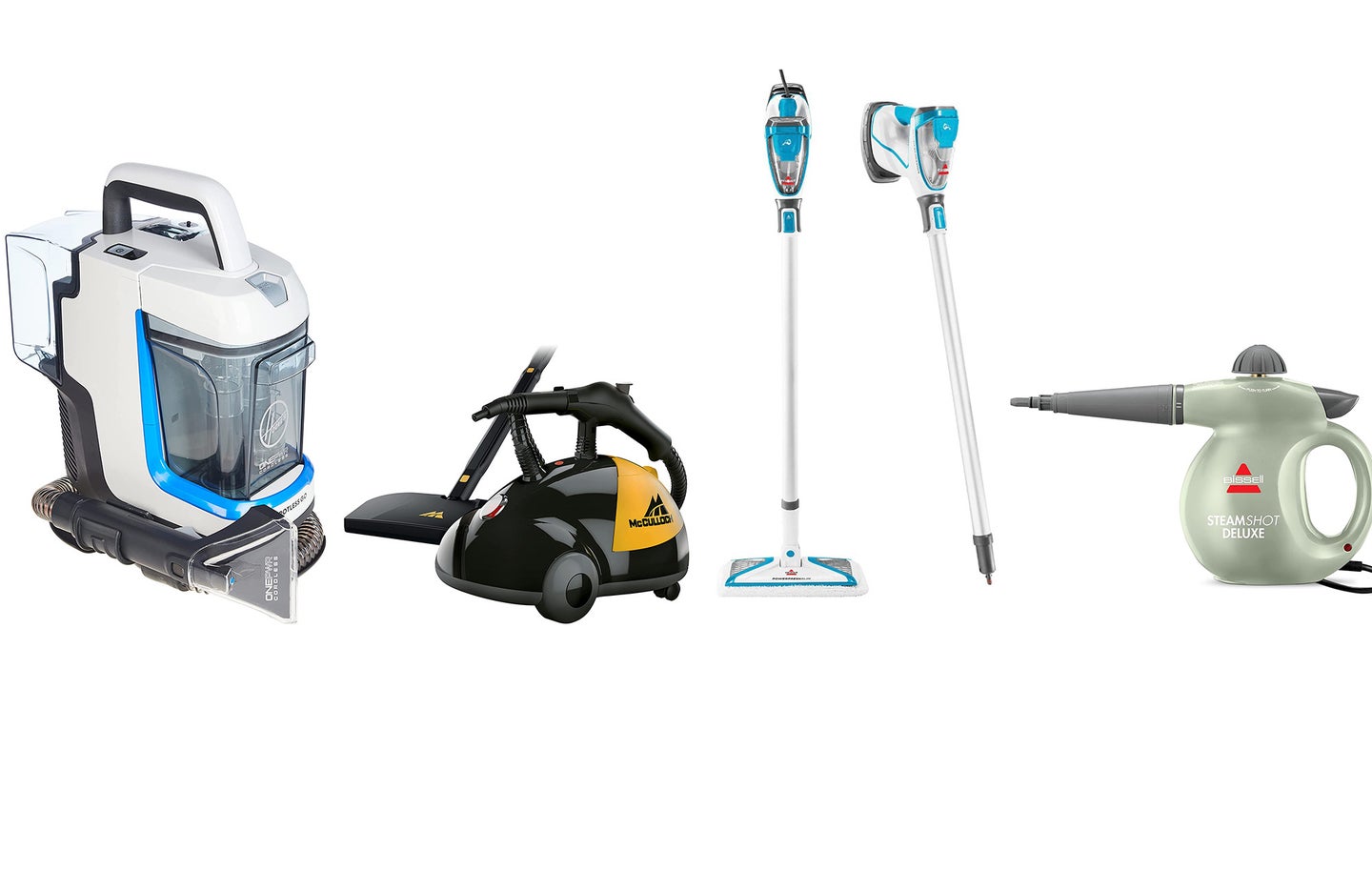

Articles
How To Get Mold Out Of Any Type Of Steamer
Modified: May 6, 2024
Looking for articles on how to get rid of mold in your steamer? Check out our expert tips and tricks for a mold-free steamer cleaning process.
(Many of the links in this article redirect to a specific reviewed product. Your purchase of these products through affiliate links helps to generate commission for Storables.com, at no extra cost. Learn more)
Introduction
Welcome to our guide on how to get mold out of a steamer! If you have noticed mold growing in your steamer, you are not alone. Mold can thrive in moist environments, and steamers provide the ideal conditions for its growth. However, with the right tools and techniques, you can effectively remove mold from your steamer and maintain a clean and hygienic appliance.
In this article, we will provide a step-by-step guide on how to safely and efficiently remove mold from your steamer. We will also share some prevention tips to help you keep your steamer mold-free in the future. But first, let’s take a closer look at why mold grows in steamers.
Key Takeaways:
- Say goodbye to mold in your steamer by using a simple vinegar and water solution, a soft-bristle brush, and regular maintenance to keep your appliance clean and hygienic.
- Prevent mold growth in your steamer by ensuring proper ventilation, thorough drying, and using distilled water. Regular cleaning and maintenance will keep your steamer mold-free and functioning optimally.
Read more: How To Get Mold Out Of Tablecloths
Understanding Mold Growth in Steamers
Mold is a type of fungus that can grow in various environments, including steamers. Steamers create a warm and humid environment, which provides the perfect conditions for mold to thrive. Mold spores are present in the air around us, and when they come into contact with moisture, they can start to grow and spread rapidly.
Steamers have several components that can be susceptible to mold growth. The water reservoir, heating element, and the internal chambers of the steamer can all be breeding grounds for mold if not properly cleaned and maintained. When the steamer is not in use, any leftover moisture can create an environment conducive to mold growth.
Mold not only poses a health risk but can also affect the functionality and lifespan of your steamer. It can clog the steam vents, leading to reduced steam production and inefficient operation. Therefore, it is crucial to address mold growth in steamers promptly.
Now that we understand why mold grows in steamers, let’s move on to the tools and materials you will need to effectively remove mold from your steamer.
Tools and Materials Required
To successfully remove mold from your steamer, you will need the following tools and materials:
- White distilled vinegar: Vinegar is a natural disinfectant and can effectively kill mold spores. It is also safe to use on most steamer components.
- Water: You will need water to rinse the steamer after cleaning.
- Soft-bristle brush: A soft-bristle brush will help scrub away the mold from the surfaces of your steamer without causing any damage.
- Clean cloth or sponge: A clean cloth or sponge will be used to wipe down the steamer and remove any remaining mold or cleaning solution.
- Protective gloves: It is important to wear protective gloves while cleaning to prevent any skin irritation or exposure to mold spores.
- Mild dish soap: If your steamer has any removable parts that are dishwasher safe, mild dish soap can be used to clean them thoroughly.
These tools and materials will help you effectively remove mold from your steamer and ensure a clean and safe appliance.
Now that you have gathered the necessary tools and materials, let’s move on to the step-by-step guide on how to remove mold from your steamer.
To get mold out of a steamer, mix equal parts of white vinegar and water in the steamer’s reservoir. Let it sit for an hour, then run the steamer until the reservoir is empty. Wipe the inside with a clean cloth and let it air dry.
Step-by-Step Guide to Removing Mold from a Steamer
Follow these steps to effectively remove mold from your steamer:
- Unplug the steamer: Before you begin, make sure the steamer is unplugged and completely cooled down to avoid any accidents.
- Disassemble removable parts (if applicable): If your steamer has removable parts such as trays or baskets, take them out and set them aside for cleaning separately.
- Mix a cleaning solution: In a bowl, mix equal parts white distilled vinegar and water to create a cleaning solution.
- Apply the cleaning solution: Dampen a soft-bristle brush or cloth with the cleaning solution and gently scrub the affected areas where mold is present. Pay close attention to the steam vents and the interior compartments of the steamer. Take your time to ensure thorough coverage.
- Let the cleaning solution sit: After applying the cleaning solution, allow it to sit on the surfaces for about 10-15 minutes. This will help the vinegar effectively kill the mold spores.
- Scrub again: After the cleaning solution has had time to work, use the soft-bristle brush or cloth to scrub the surfaces once more, focusing on areas with stubborn mold stains. Use gentle circular motions to loosen and remove any remaining mold.
- Rinse with clean water: Once you are satisfied with the scrubbing, rinse the steamer thoroughly with clean water. This will remove any residue from the cleaning solution.
- Dry the steamer: After rinsing, use a clean cloth or towel to dry the steamer completely. Make sure there is no moisture left, as it can promote future mold growth.
- Clean and dry removable parts: If you have taken out any removable parts, clean them with mild dish soap and rinse them thoroughly. Once they are clean, dry them completely before reassembling them into the steamer.
- Reassemble and test: Once everything is dry, reassemble the steamer and plug it back in. Run a test cycle to ensure that the steamer is functioning properly and there are no leftover mold spores.
By following these steps, you can effectively remove mold from your steamer and ensure a clean and sanitary appliance.
Now, let’s move on to some prevention tips to help you maintain a mold-free steamer.
Prevention Tips to Maintain a Mold-Free Steamer
Preventing mold growth in your steamer is crucial to ensure its longevity and to maintain a healthy cooking environment. Here are some tips to help you keep your steamer mold-free:
- Proper cleaning and drying: After each use, clean your steamer thoroughly and ensure it is completely dry before storing it. Moisture left in the steamer can create the ideal conditions for mold growth. Pay extra attention to the water reservoir and any removable parts.
- Ventilation: Make sure your kitchen or cooking area is well-ventilated. Good air circulation will help prevent excessive moisture buildup, reducing the risk of mold growth in your steamer.
- Regular maintenance: Inspect your steamer regularly for any signs of mold or mildew. If you notice any, address the issue immediately using the cleaning process mentioned earlier in this guide.
- Remove excess water: After each use, empty and dry the water reservoir completely. Avoid leaving any stagnant water in the steamer, as it can promote mold growth.
- Store in a dry area: When storing your steamer, choose a location that is cool, dry, and well-ventilated. Avoid storing it in damp or humid areas, such as under the sink or near a dishwasher, as this can encourage mold growth.
- Regularly replace filters (if applicable): If your steamer has filters, make sure to follow the manufacturer”s instructions for replacing them. Dirty or clogged filters can trap moisture and promote mold growth.
- Use distilled water: If possible, use distilled water in your steamer. Tap water may contain minerals and impurities that can contribute to mold growth. Distilled water helps minimize the accumulation of mineral deposits in the steamer.
By following these preventive measures, you can significantly reduce the likelihood of mold growth in your steamer and maintain a clean and hygienic appliance.
Conclusively, ensuring the cleanliness of your steamer and taking proactive measures to prevent mold growth will not only improve its performance but also promote a healthy cooking environment. Regular maintenance and proper cleaning routines are key to keeping your steamer mold-free and functioning optimally.
We hope this guide has been helpful in assisting you in removing mold from your steamer and providing valuable tips to prevent future mold growth. Happy steaming!
Read more: How To Get Mold Out Of A Hammock
Conclusion
Mold growth in steamers is a common problem, but with the right knowledge and tools, you can effectively remove mold and maintain a mold-free steamer. By following the step-by-step guide outlined in this article, you can safely and efficiently eliminate mold from your steamer and ensure a clean and hygienic appliance.
Remember to gather the necessary tools and materials, including white distilled vinegar, water, a soft-bristle brush, a clean cloth or sponge, and protective gloves. These items will enable you to tackle mold growth effectively.
Additionally, it is crucial to understand why mold grows in steamers and how to prevent it. Steamers provide a warm and humid environment that is ideal for mold growth. By implementing regular cleaning and maintenance practices, proper ventilation, and ensuring thorough drying after each use, you can reduce the risk of mold growth and maintain a mold-free steamer.
Lastly, applying prevention tips such as removing excess water, regular maintenance inspections, storing the steamer in a dry area, and using distilled water can further minimize the chances of mold growth in the future.
By following these guidelines, you can keep your steamer in optimal condition, prolong its lifespan, and enjoy healthy and delicious meals without worrying about mold contamination.
We hope this guide has provided you with valuable insights on how to get mold out of a steamer and maintain a mold-free appliance. Remember to prioritize safety by wearing protective gloves and following manufacturer guidelines. Now, go ahead and give your steamer the care it deserves!
Now that you've tackled mold in your steamer, why stop there? Wood furniture often falls victim to similar fungal invaders. Learn effective mold removal strategies that'll keep your furnishings pristine. Next, consider your kitchen appliances; our cleaning tips offer comprehensive insights for sprucing up refrigerators, ensuring they're spotless inside and out. For those cozy living room makeovers, discover how a steamer can rejuvenate your sofa. Our guide on steam cleaning a sofa provides practical advice to refresh and maintain your upholstery with ease. Keep your home in top shape with these essential cleaning hacks!
Frequently Asked Questions about How To Get Mold Out Of Any Type Of Steamer
Was this page helpful?
At Storables.com, we guarantee accurate and reliable information. Our content, validated by Expert Board Contributors, is crafted following stringent Editorial Policies. We're committed to providing you with well-researched, expert-backed insights for all your informational needs.
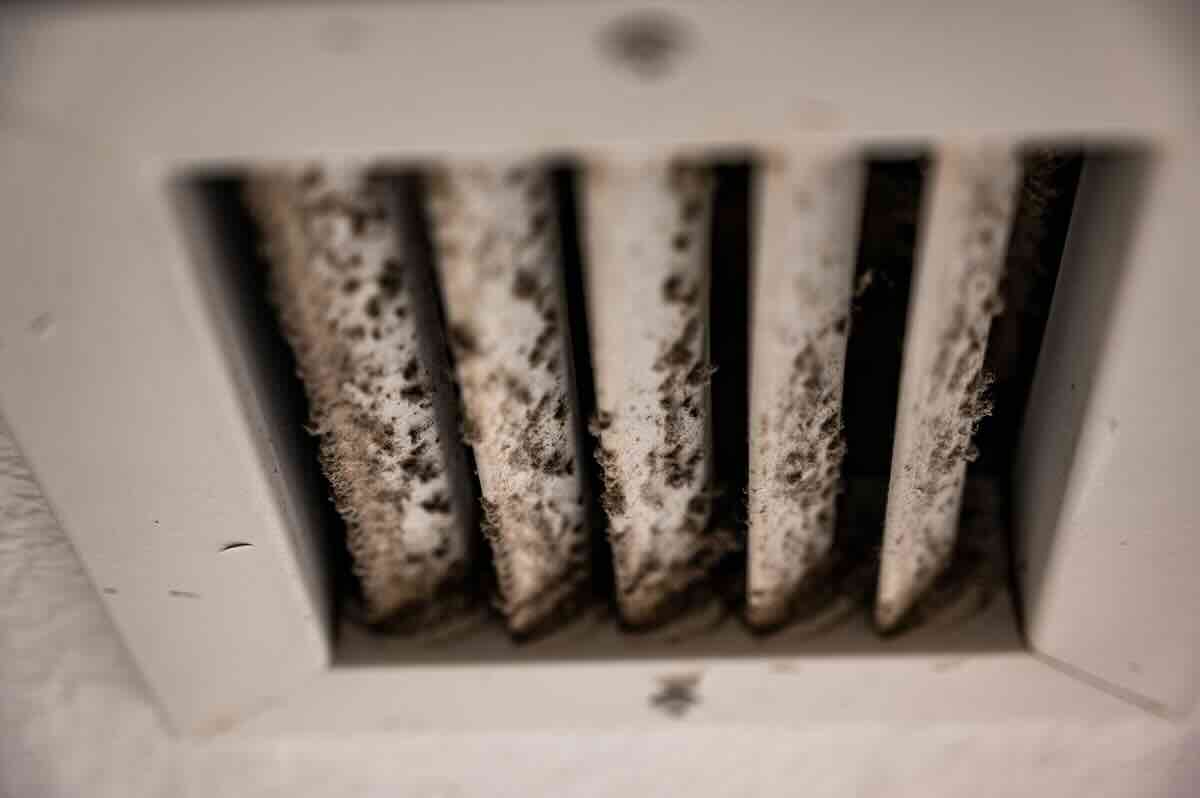
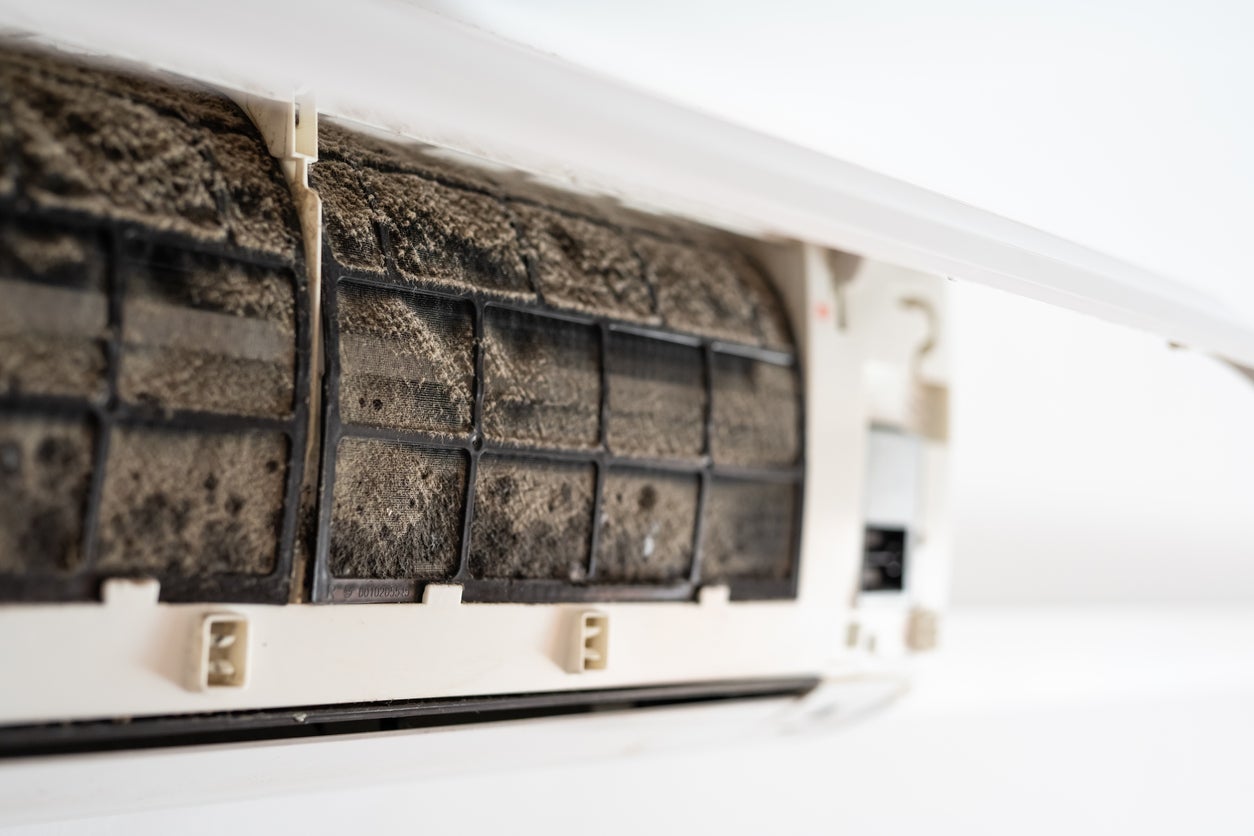

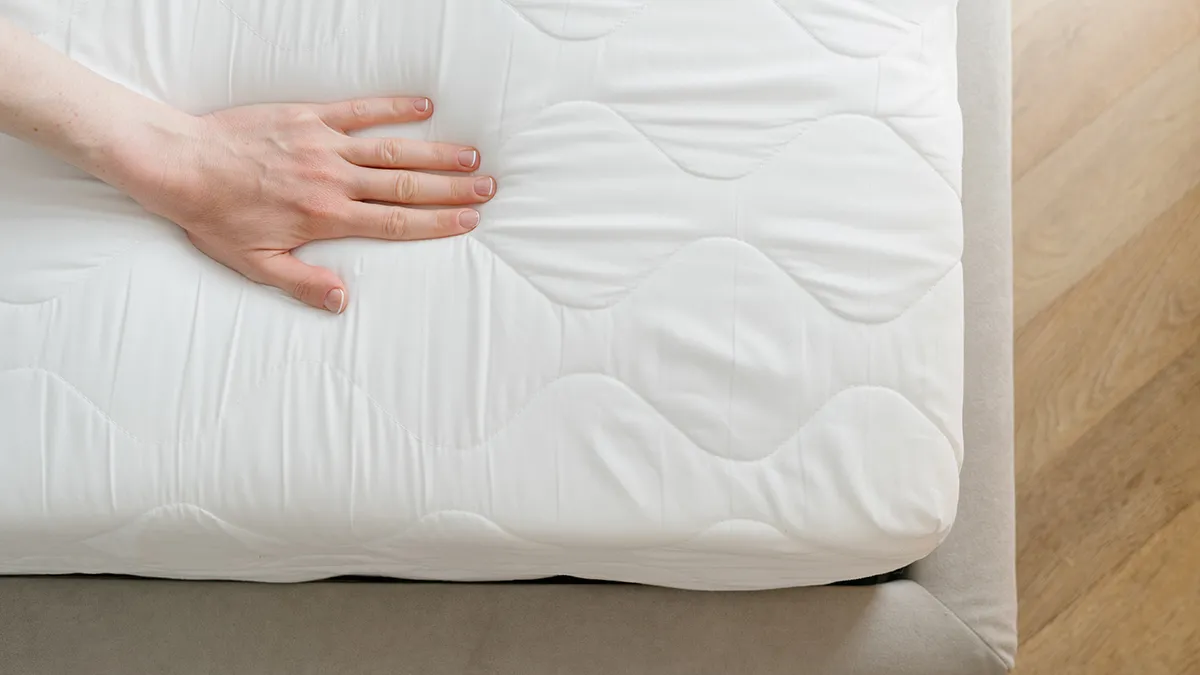

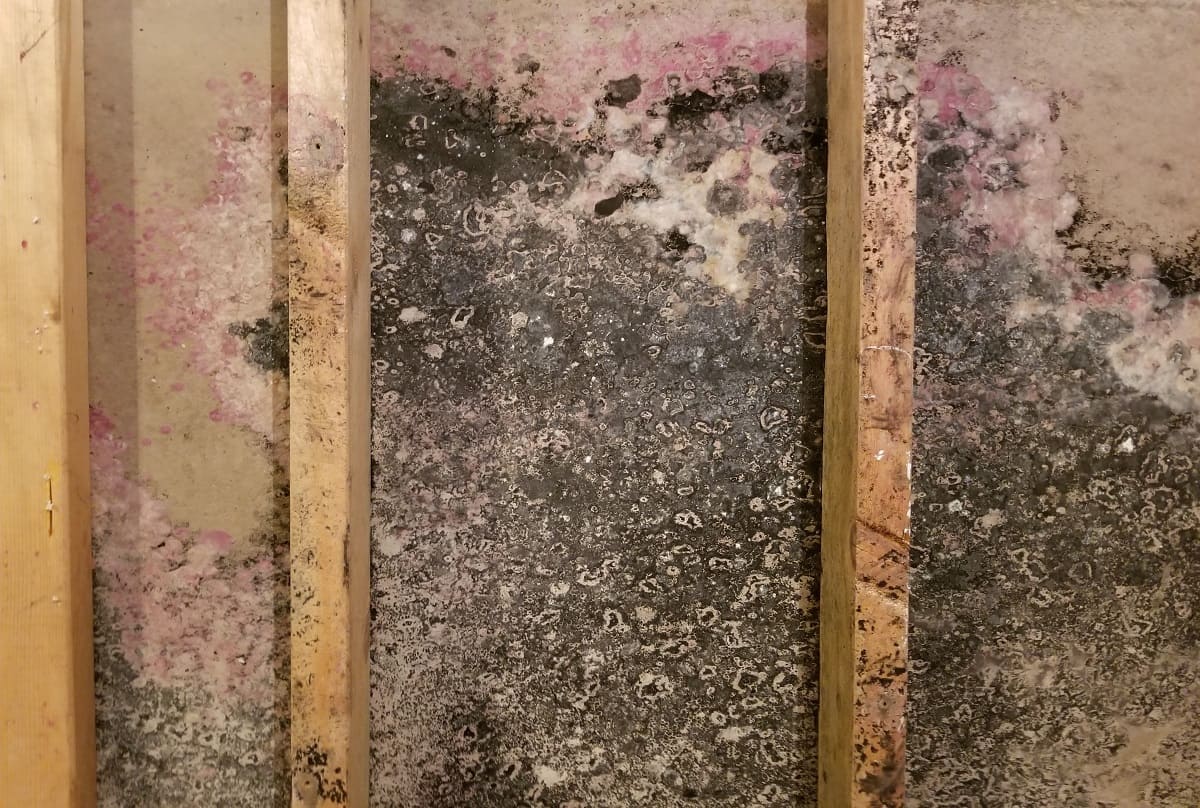
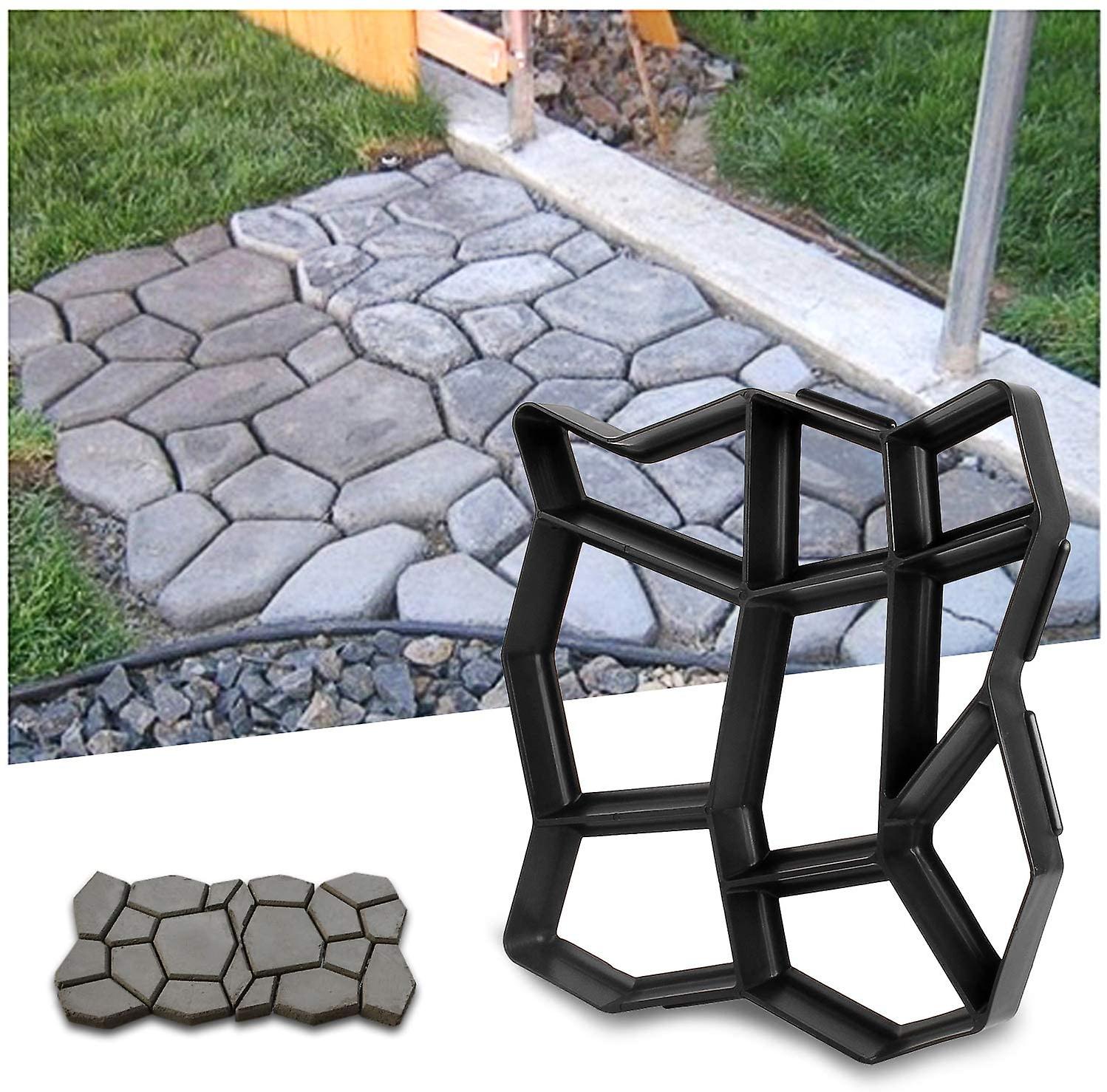
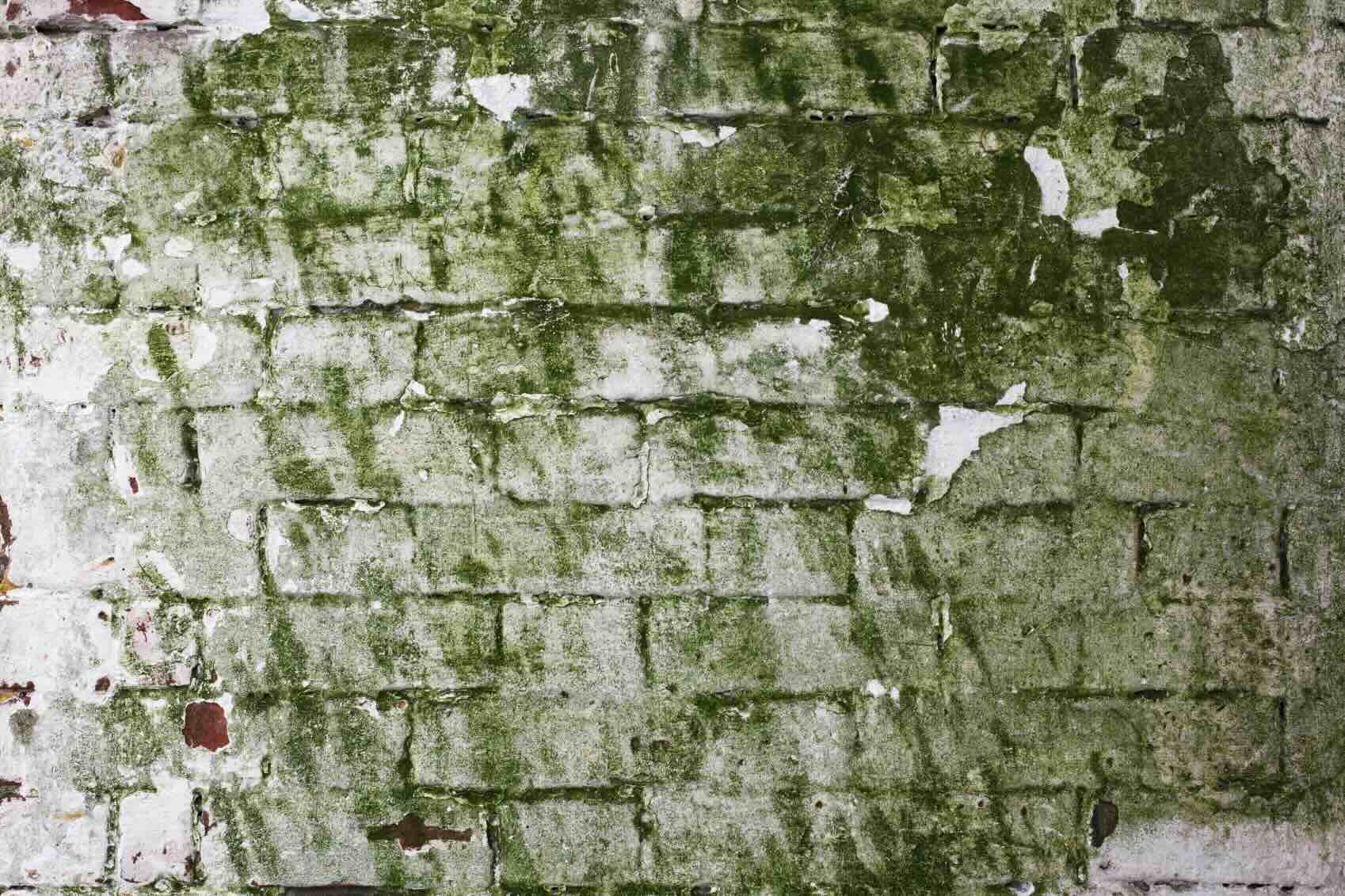
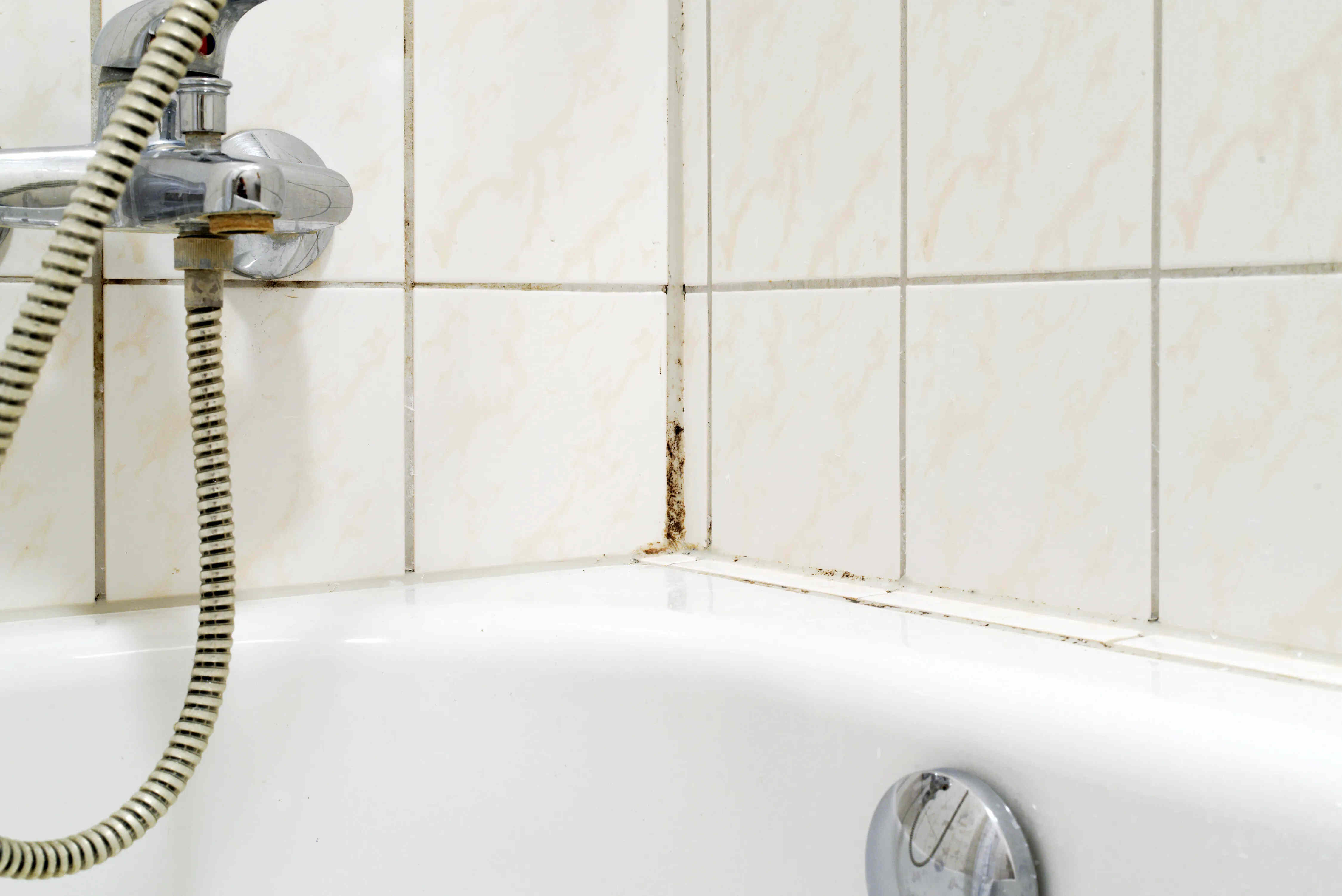
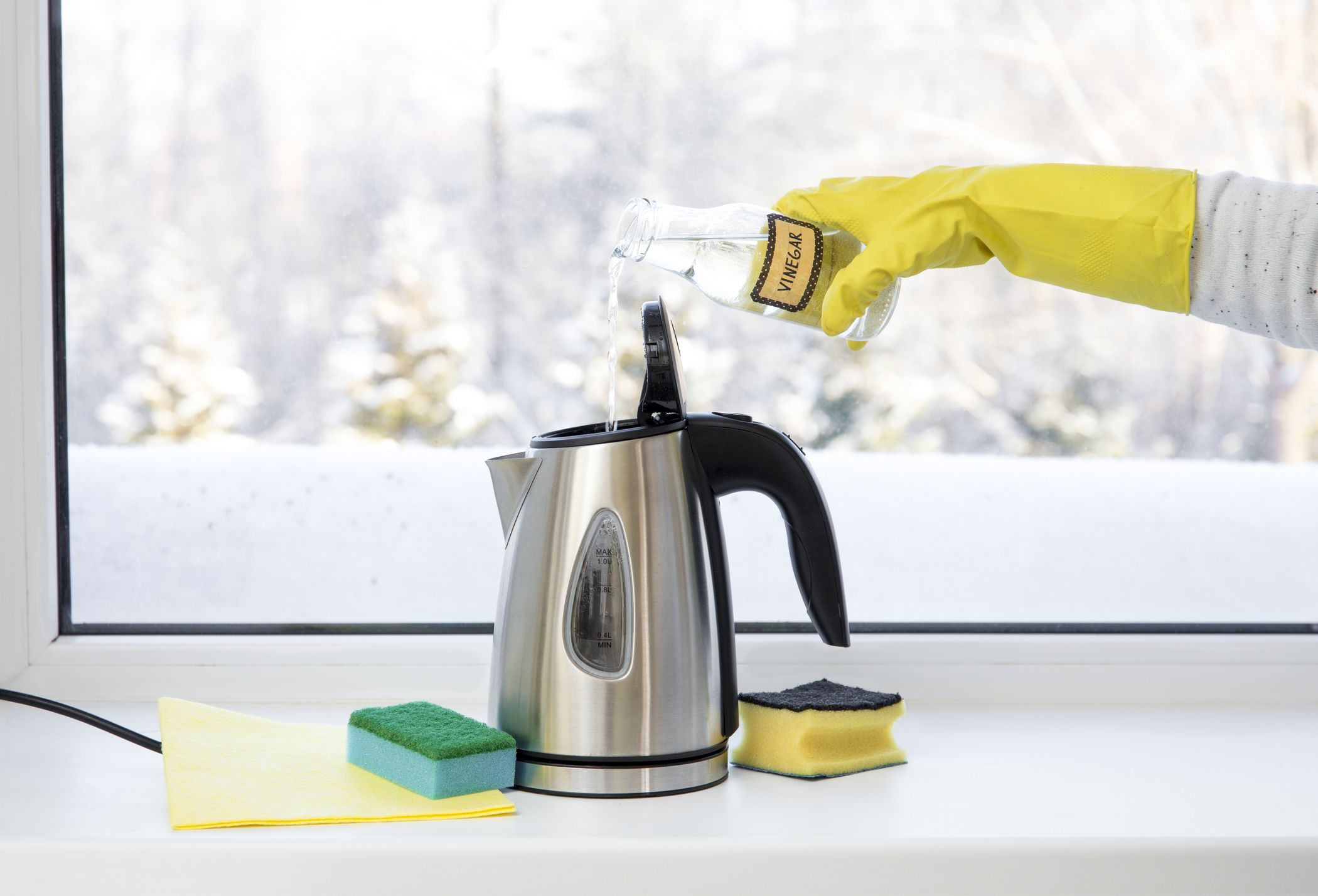
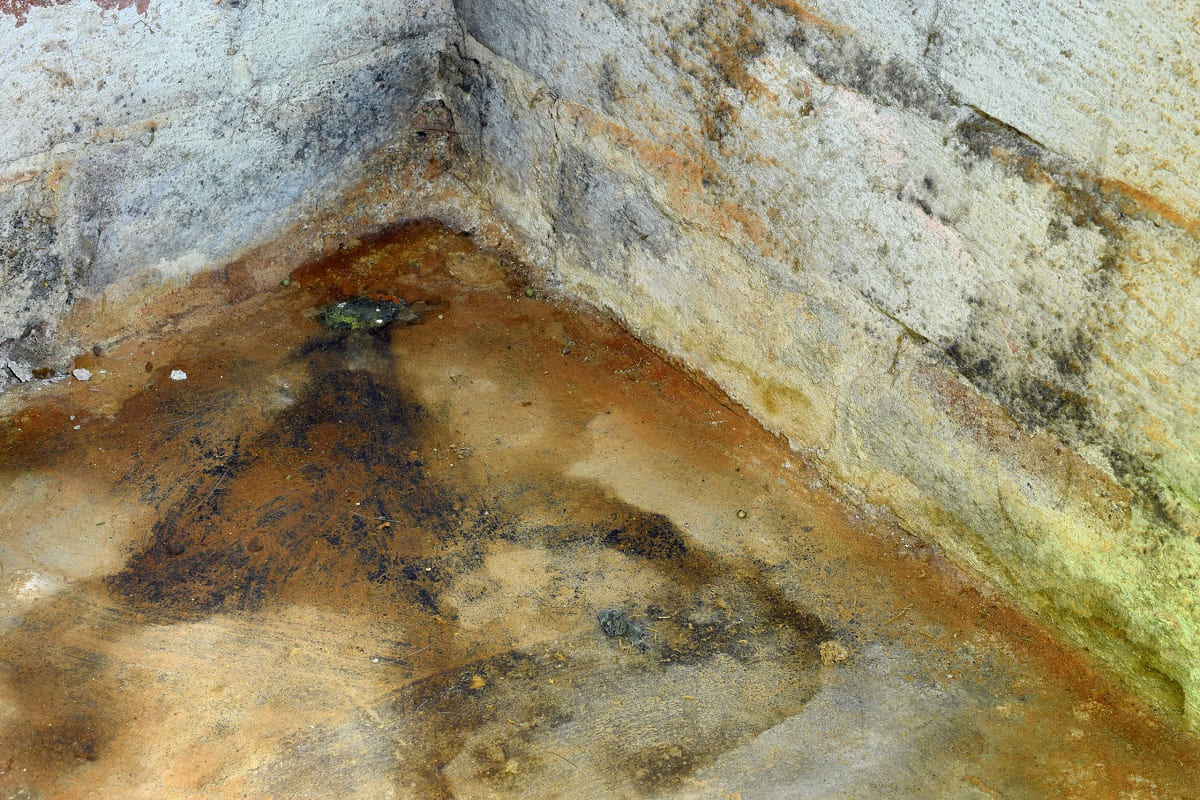
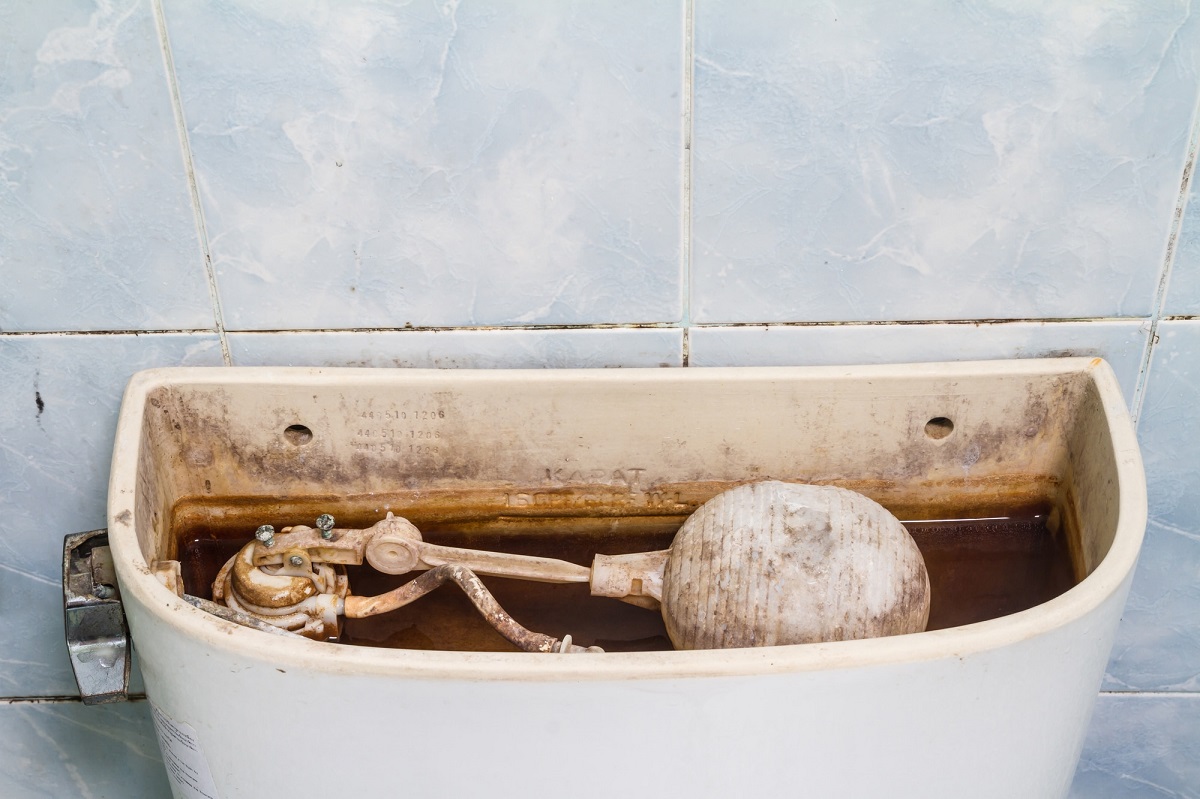

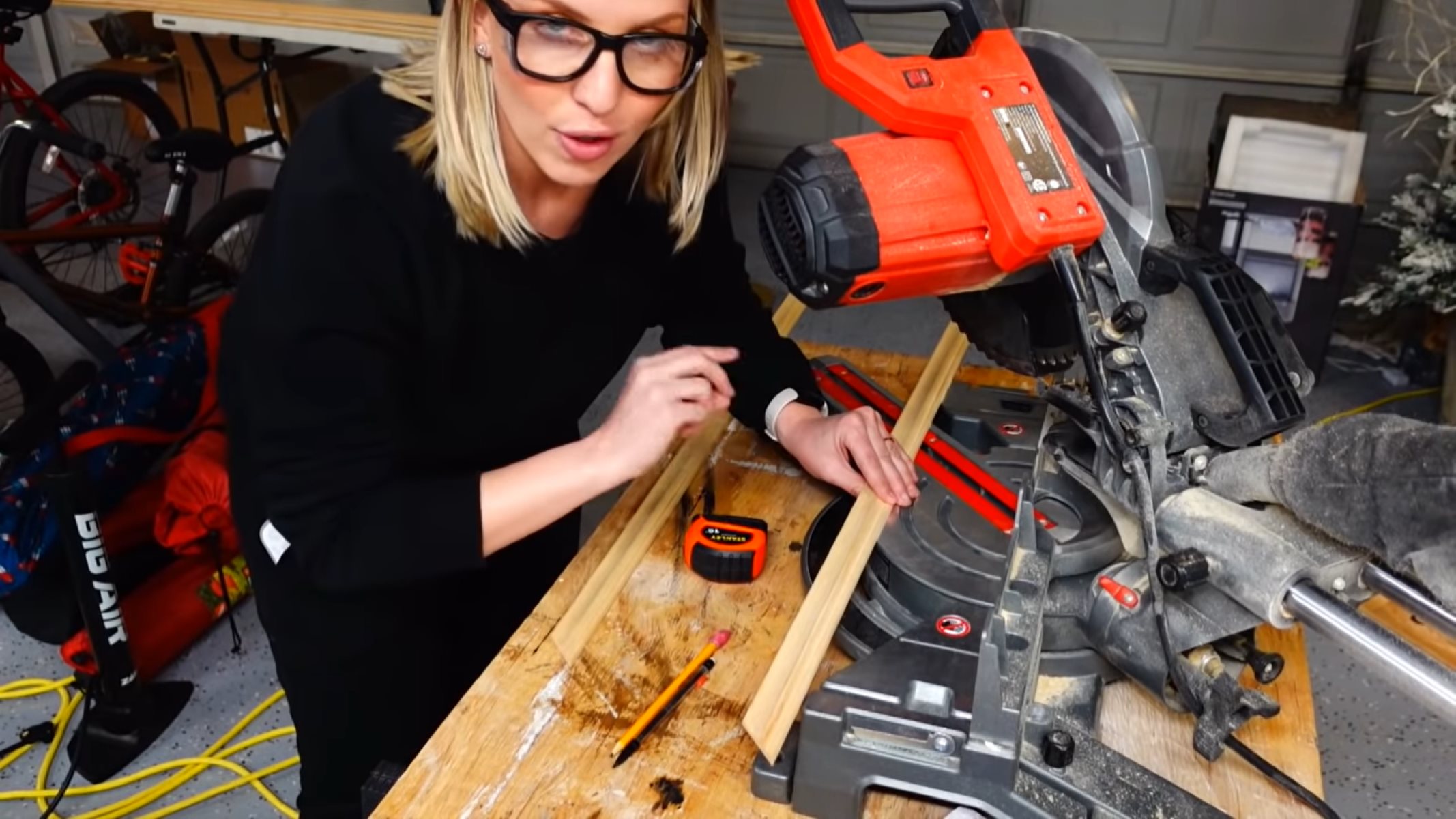

0 thoughts on “How To Get Mold Out Of Any Type Of Steamer”